Image depicting urban surveillance camera
Just look up at any major intersection in Hanoi , Ho Chi Minh City or Da Nang, and people can easily see small, quiet cameras on traffic lights, awnings or bus stops.
These seemingly ordinary surveillance devices are capturing millions of frames every day, creating a vast urban surveillance network.
According to Tuoi Tre newspaper, there are currently tens of thousands of public cameras installed, most of which are directly connected to smart urban operations centers.
Notably, with the support of artificial intelligence (AI) technology, these "magic eyes" do more than simply record.
They are also capable of analyzing behavior, detecting abnormalities, as well as recognizing faces and license plates, opening a new era in urban management and security.
Urban surveillance technology brings dual benefits
The increasingly dense presence of urban surveillance systems, especially with the deep integration of AI technology , is creating significant changes in the urban management landscape.
These "magic eyes" are not only tools for collecting images but also effective assistants for authorities, bringing dual benefits to both the government and the people.
In the field of security and order , smart camera systems help the police force prevent and suppress crime more effectively.
Facial and license plate recognition, combined with big data analysis, allows for quick tracking of suspects, searching for missing people, or resolving security incidents quickly and accurately.
This helps reduce crime, social evils and improve the sense of security for the community.
In terms of traffic management , surveillance technology has become an effective solution to reduce congestion and accidents.
The cameras are capable of detecting traffic violations such as running red lights, driving in the wrong lane, or illegally parking, helping authorities promptly fine and regulate traffic flow.
With the ability to analyze traffic flow in real time, the system also supports optimizing traffic lights, reducing waiting times and improving efficiency on the streets.
Not only stopping at security and traffic, urban surveillance technology also extends to areas such as environmental and infrastructure management .
Sensors built into the camera system can monitor air quality, detect pollution spots or even forest fires.
In emergencies such as natural disasters and epidemics, the system helps authorities grasp the overall situation, support rescue work and allocate resources more effectively.
These benefits show that urban surveillance technology is not just about “seeing” but also about “understanding” and “reacting”, towards a smart and livable city.
Privacy and data security
Despite bringing many practical benefits, the rapid development of urban surveillance technology also poses significant challenges, especially related to personal privacy and data security. These are legitimate concerns of citizens and society.
The biggest problem is the collection and storage of large amounts of personal data .
Every frame, every action recorded by the camera can become sensitive information about each individual's schedule, habits or relationships.
The question is: Who has the right to access, use and protect this data? The risk of personal data being misused, sold to third parties or used for improper purposes is a major concern, directly affecting the freedom and privacy of each citizen.
In addition, the cybersecurity of the surveillance system is a key factor. With tens of thousands of connected cameras and millions of terabytes of data, the system becomes an attractive target for cyber attacks .
The risk of data being stolen, leaked or manipulated is real, with serious consequences for national security and social order.
In Vietnam, the legal framework for managing and using data from surveillance systems is still in the process of being completed.
The lack of clear regulations on people's rights to their data, the responsibilities of management units, and the mechanism for handling violations makes many people feel insecure.
For urban surveillance technology to truly serve people in a sustainable way, perfecting the legal corridor is extremely urgent.
There should be transparent regulations on the purpose of collection, scope of use, storage period and access rights to data.
At the same time, investing in advanced data security technology and training responsible human resources is indispensable.
The balance between ensuring security and social order and respecting and protecting individual privacy will be the key to building a truly smart city for the people.
The development of urban surveillance technology is an inevitable trend in building smart cities. These "magic eyes" bring many obvious benefits, from ensuring security and order to optimizing traffic and environmental management.
However, for technology to truly be a companion to people, we need to work together to address privacy and data security challenges.
Building a solid legal framework, enhancing transparency and accountability will help urban surveillance technology maximize its effectiveness, while protecting the privacy and rights of each citizen in a smart, safe and humane city.
TUAN VI
Source: https://tuoitre.vn/cong-nghe-giam-sat-do-thi-nhung-mat-than-pho-phuong-20250603104859957.htm


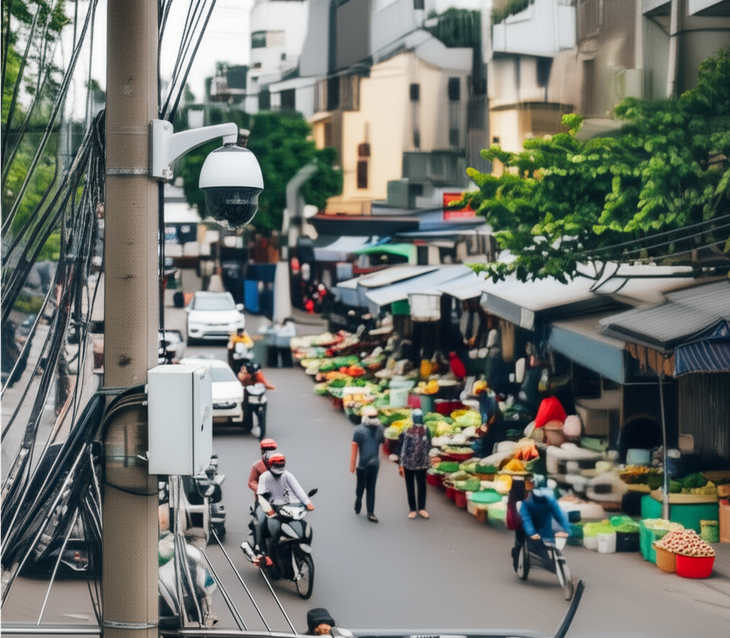
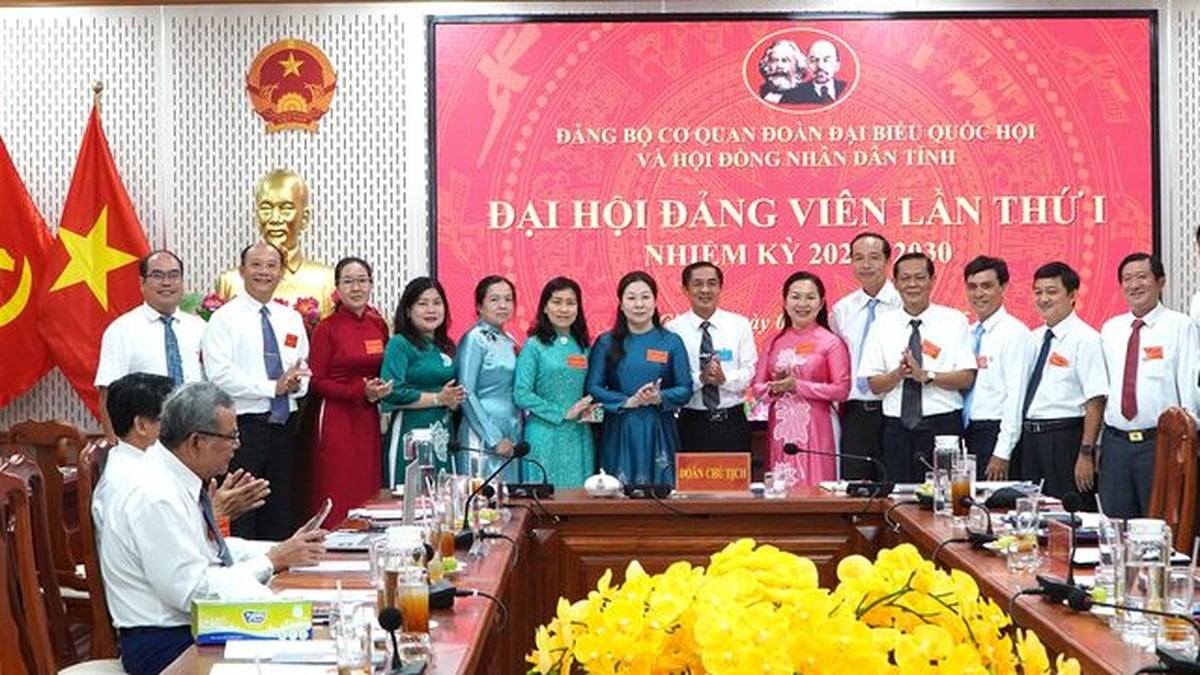

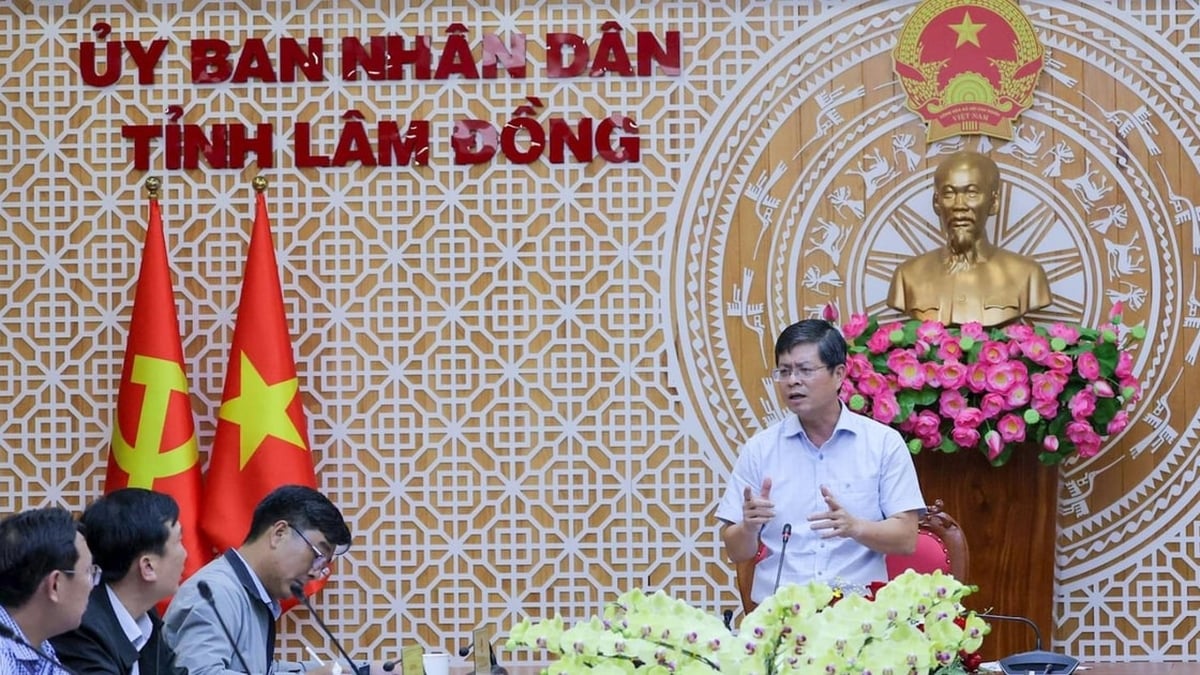


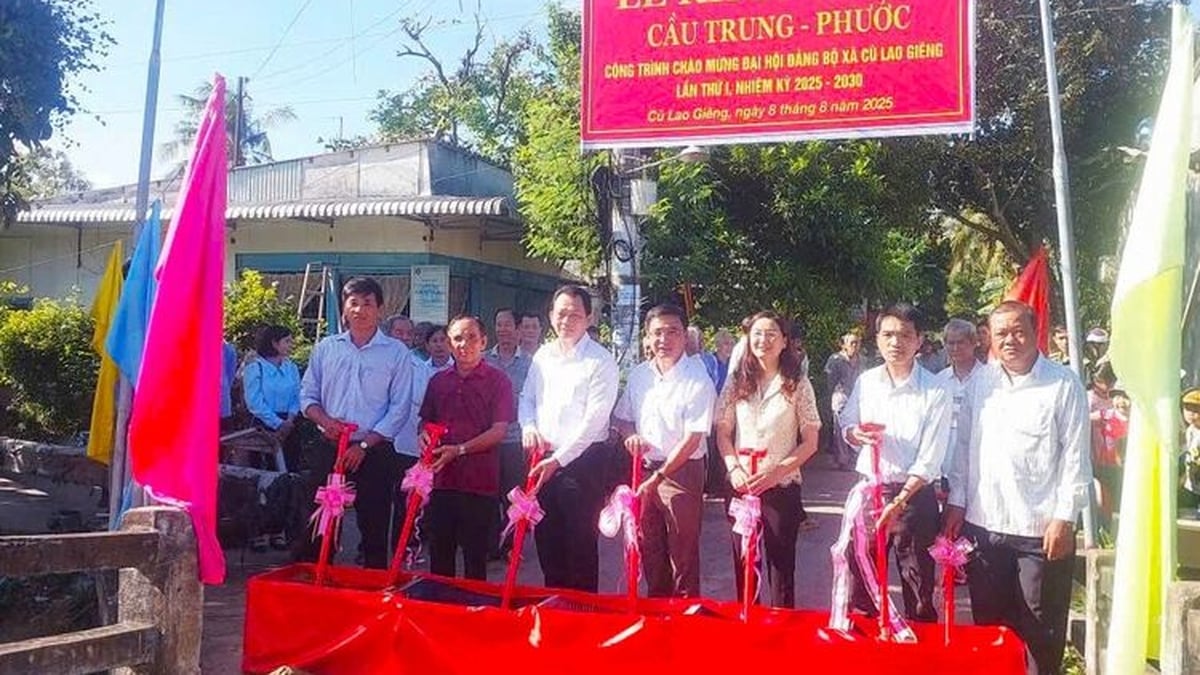
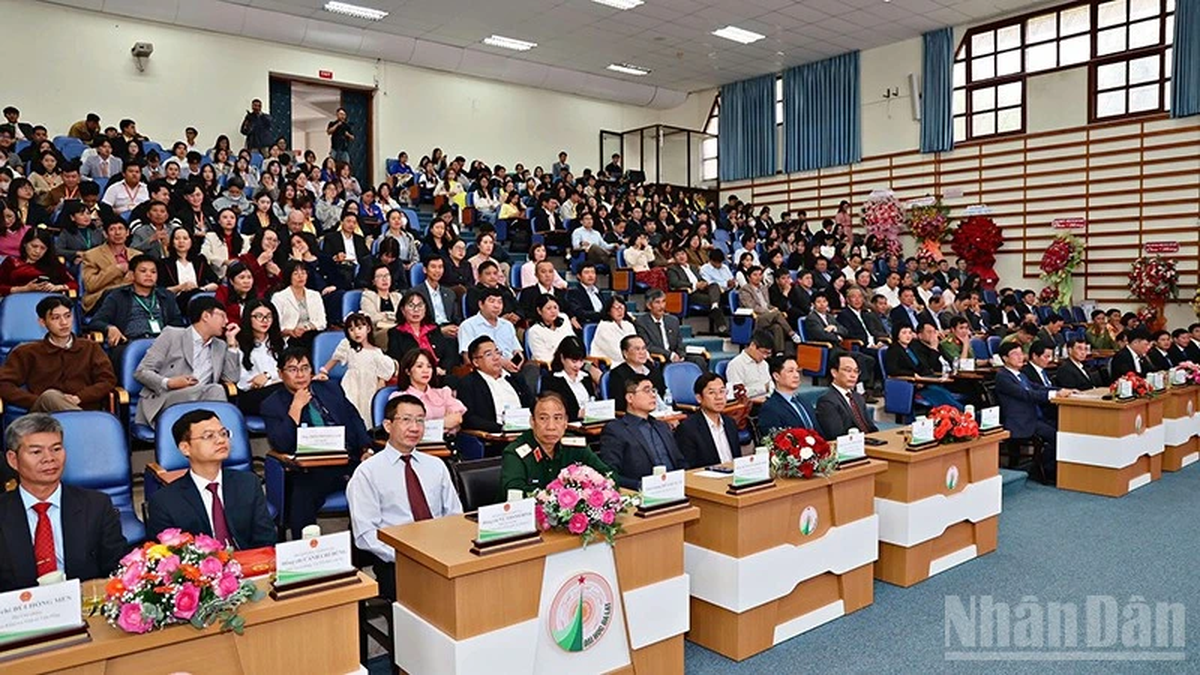
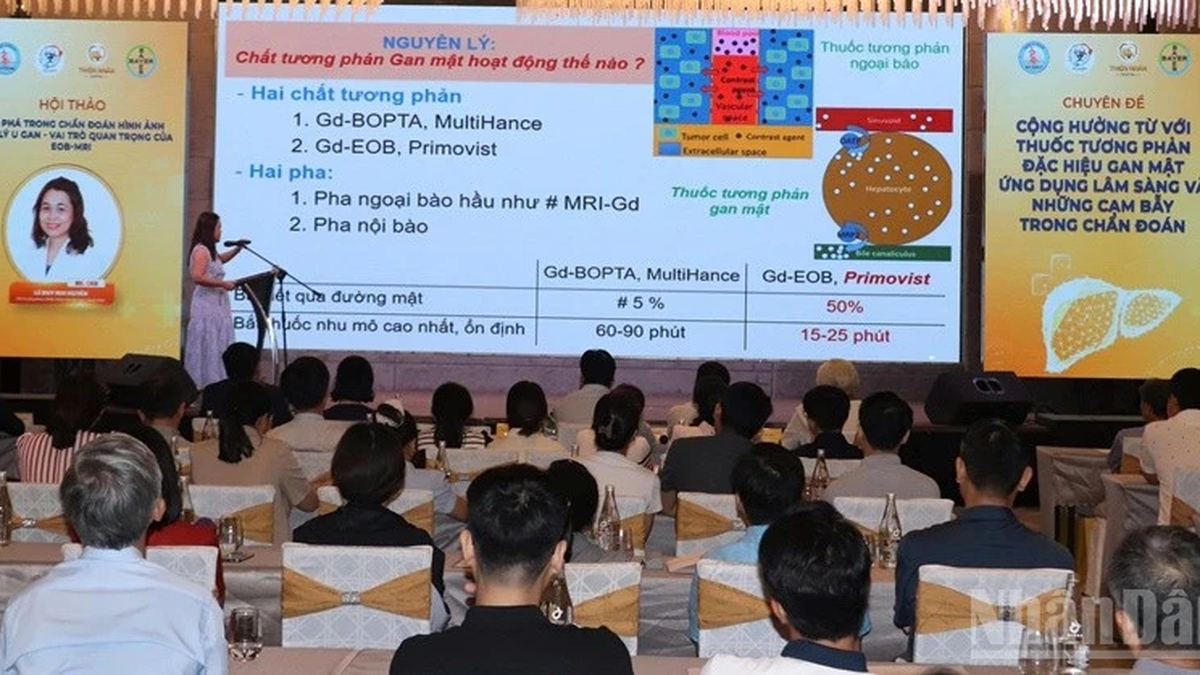
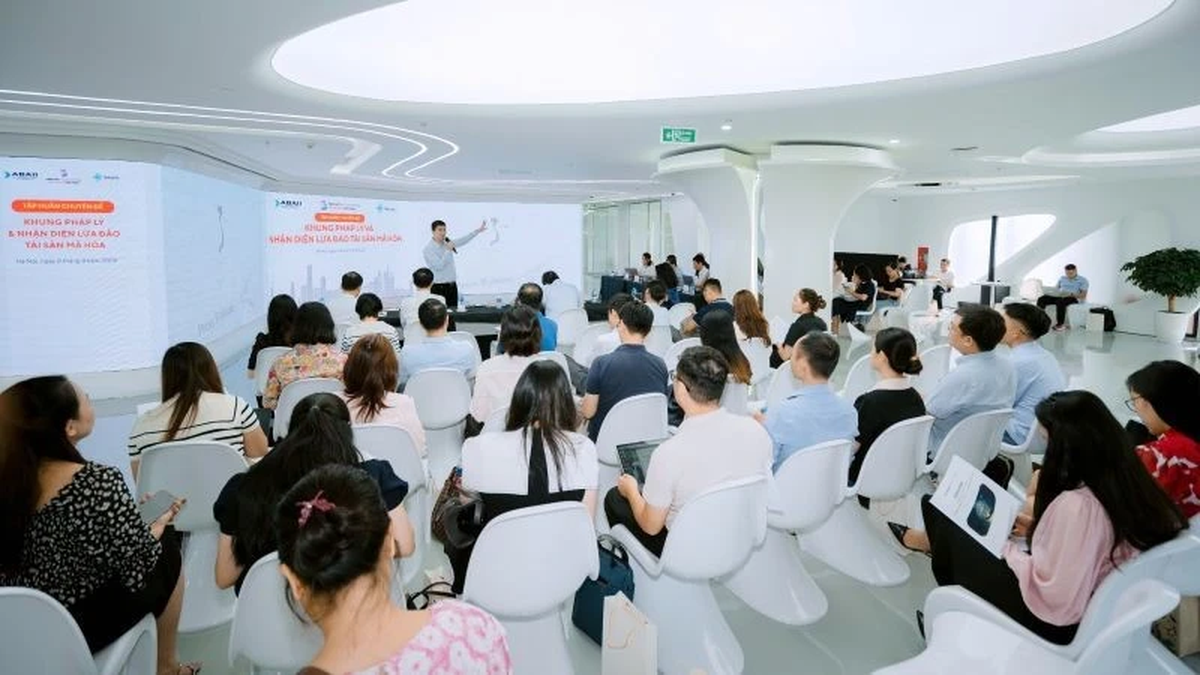
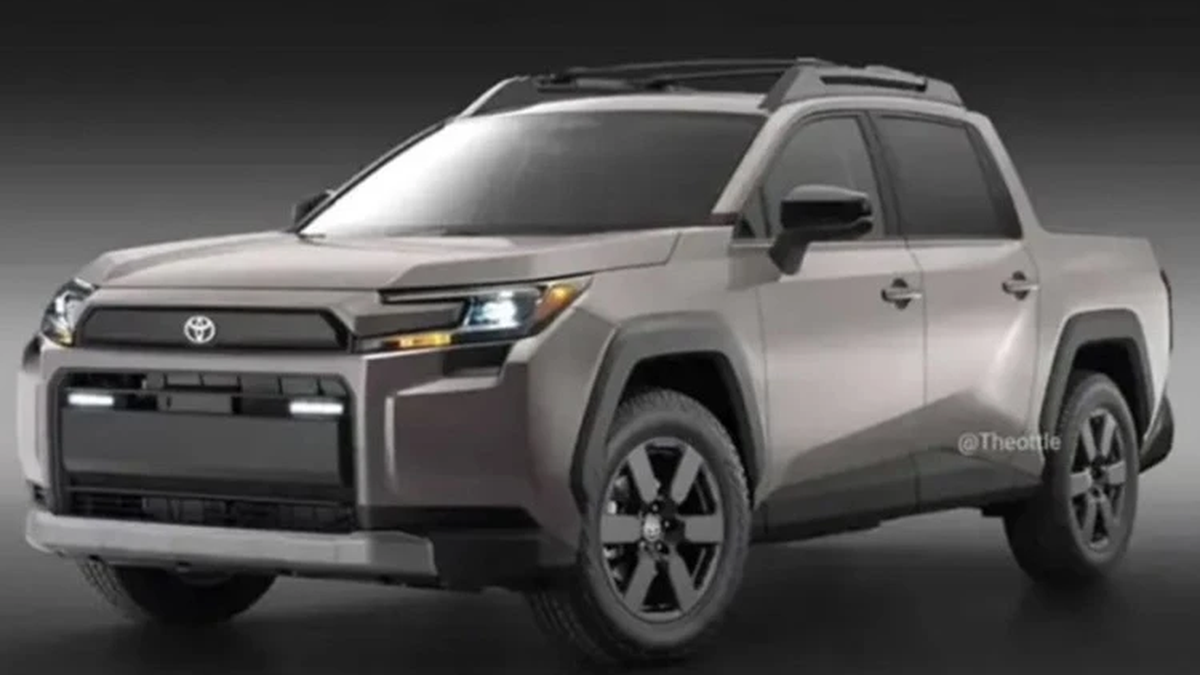


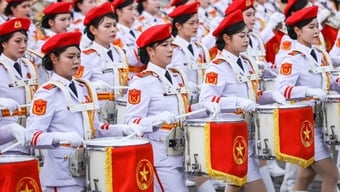



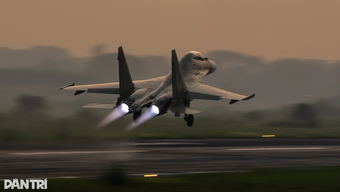



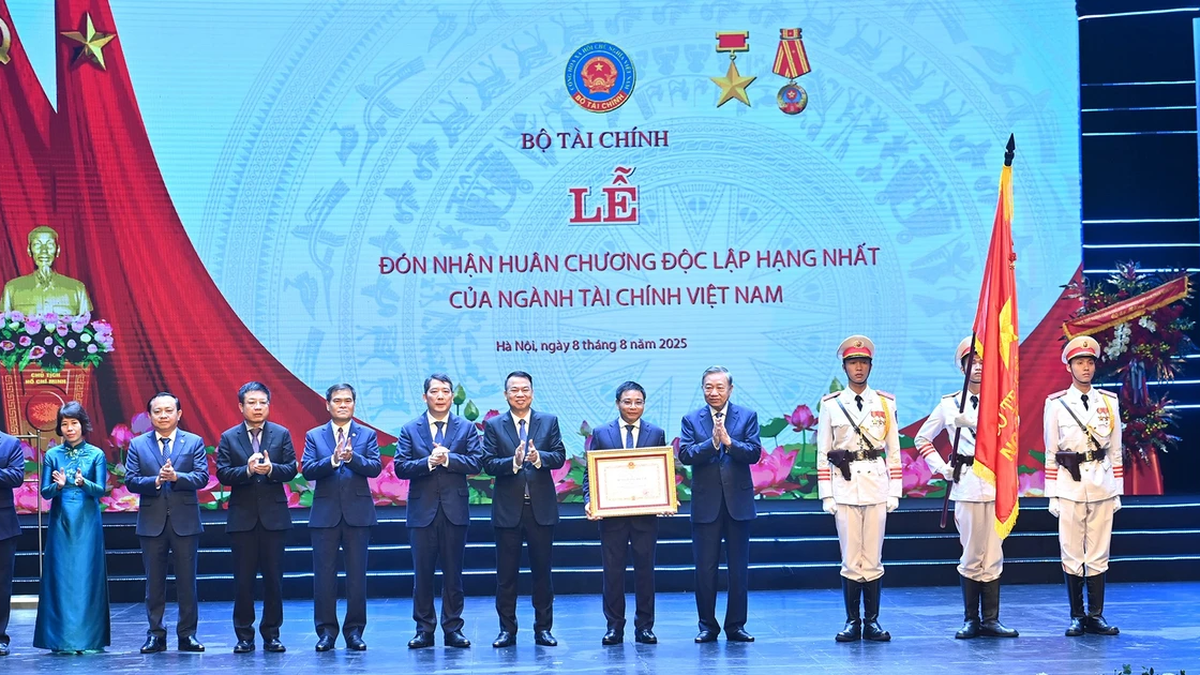
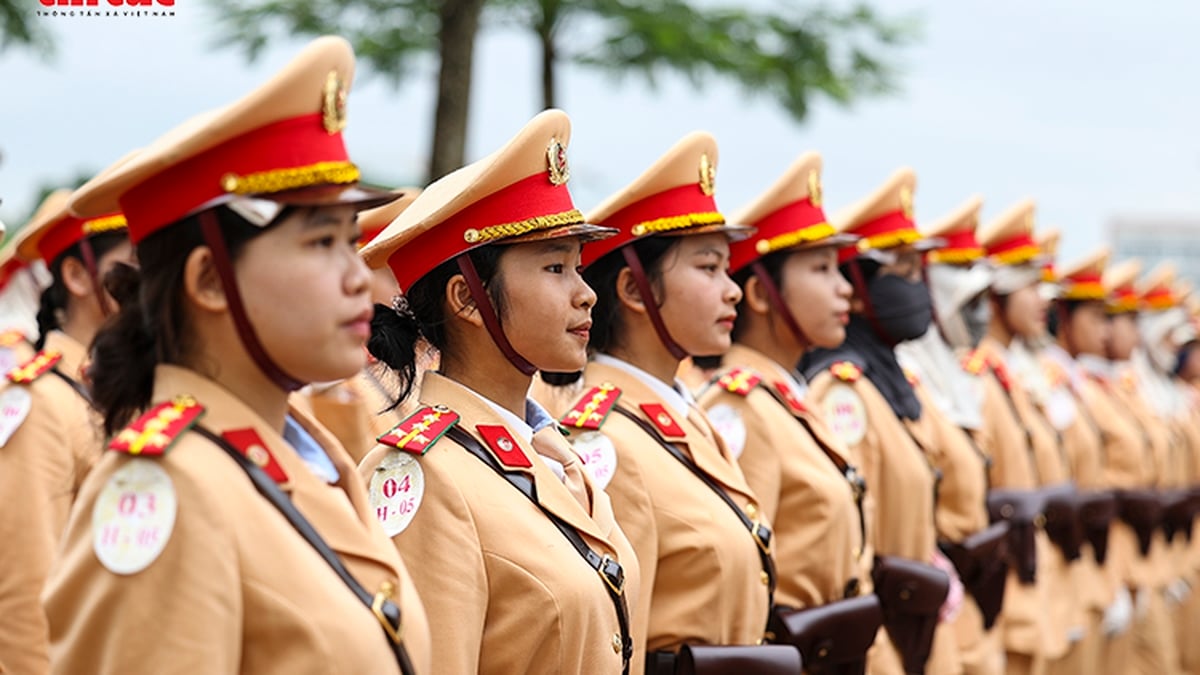
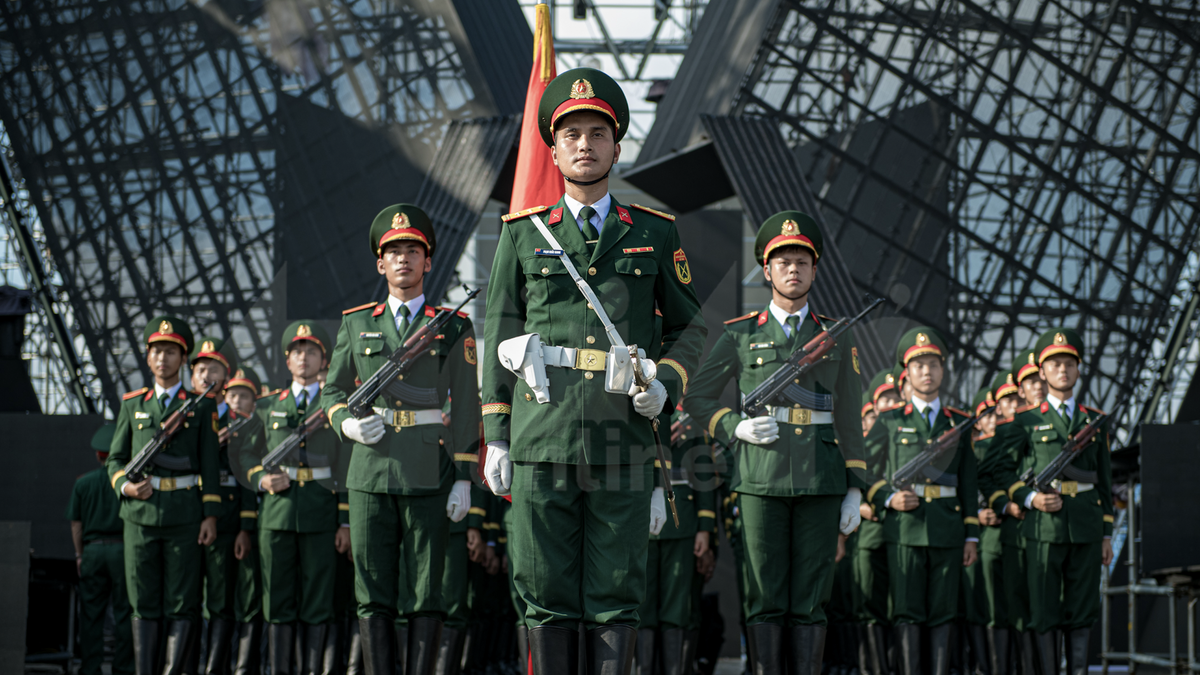
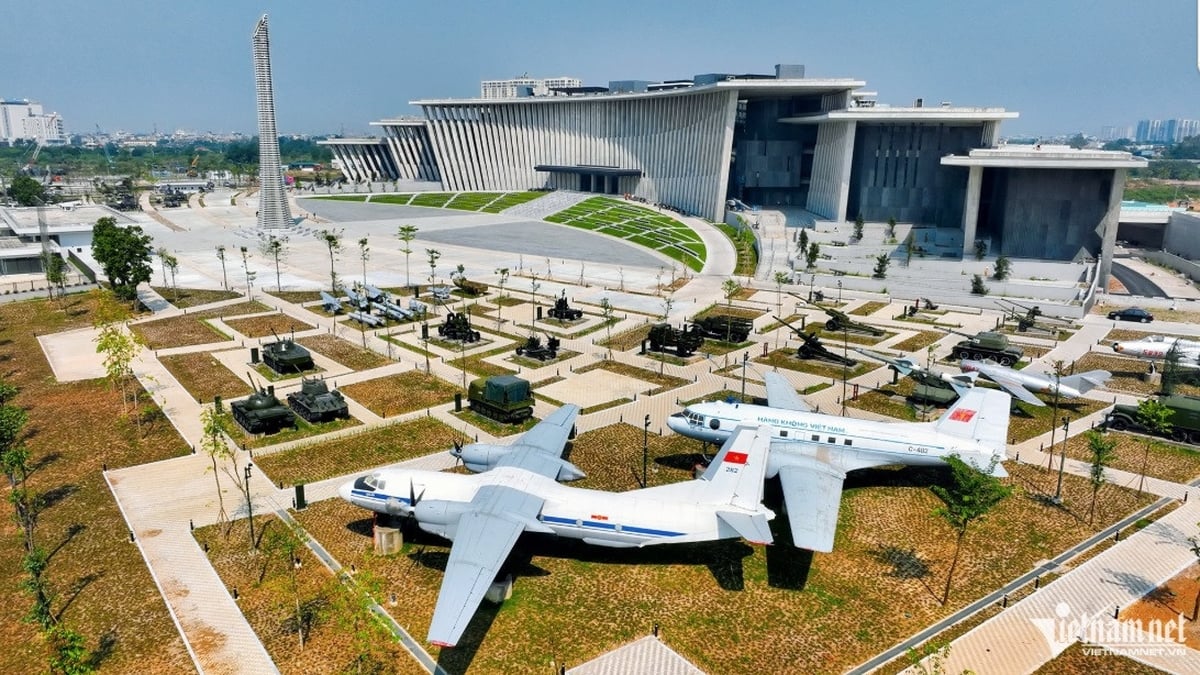

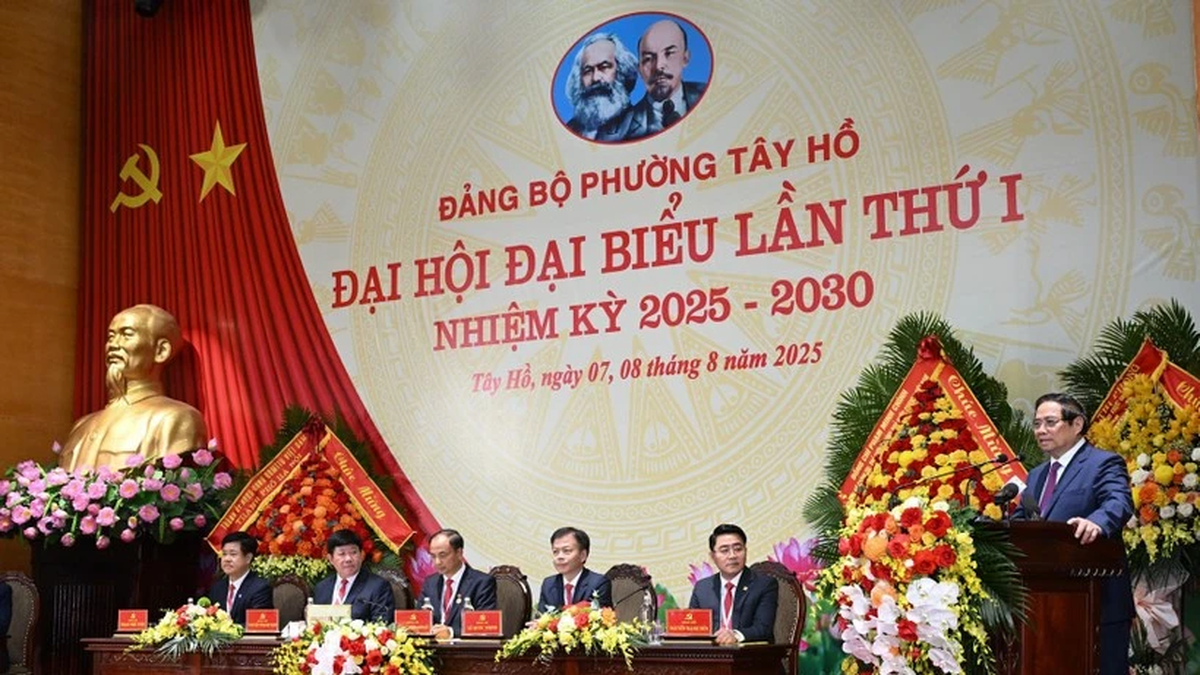





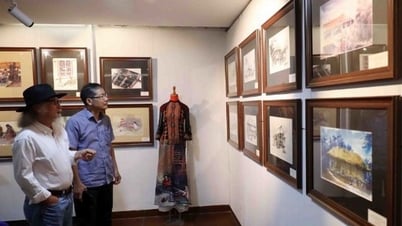

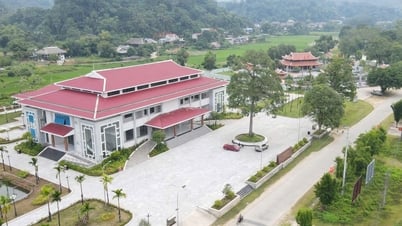



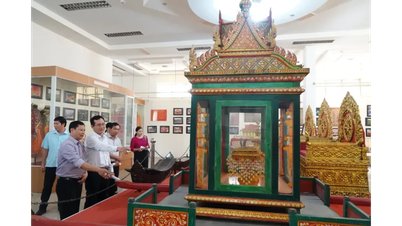

















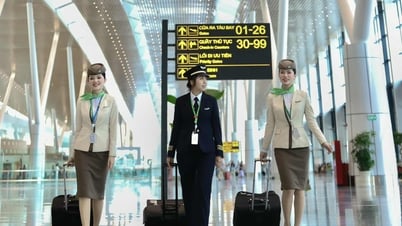



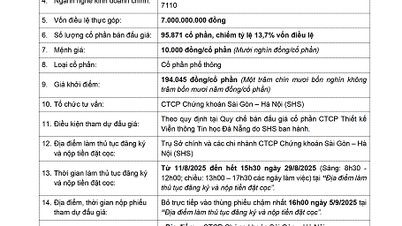

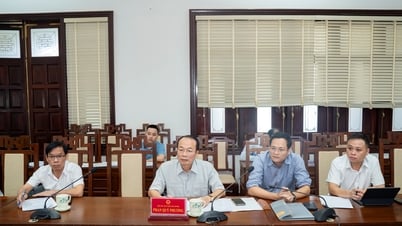
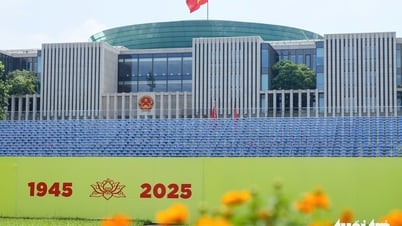







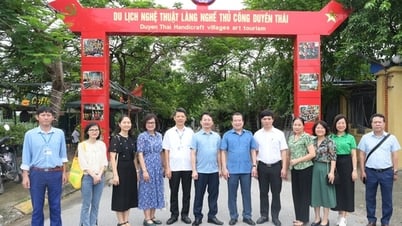
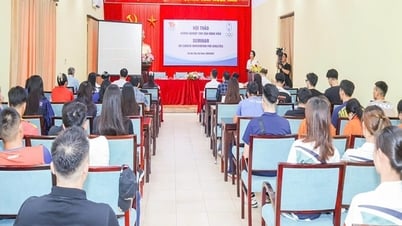

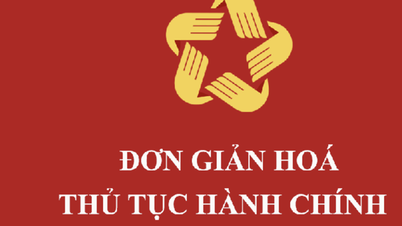


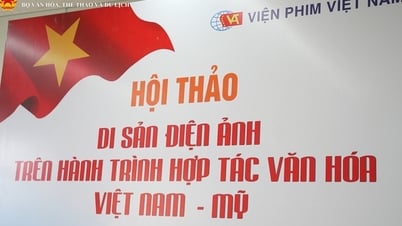







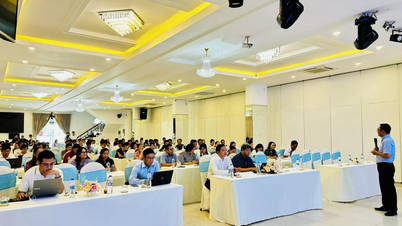



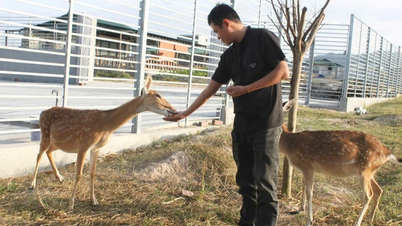

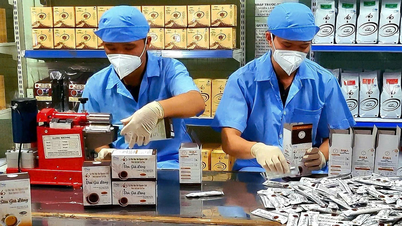





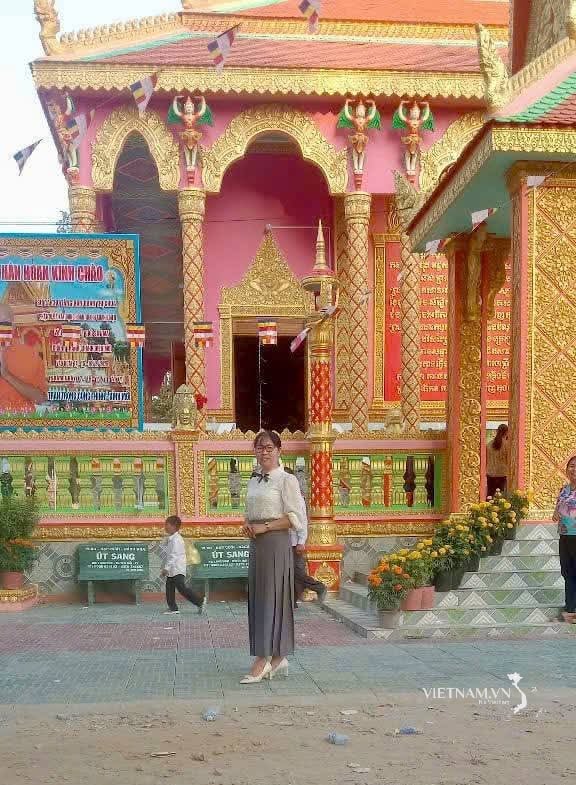


Comment (0)